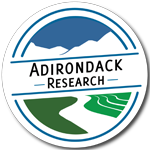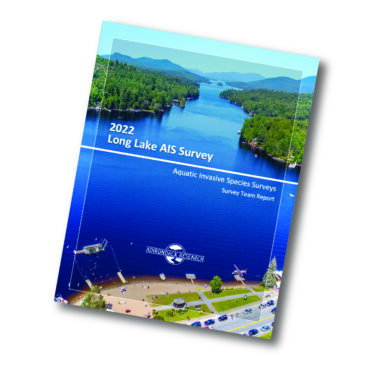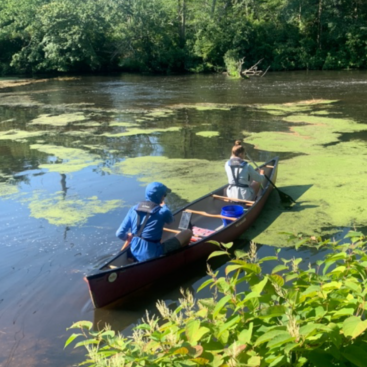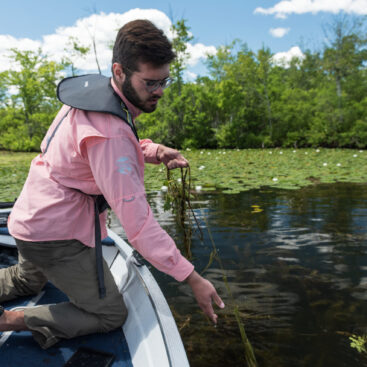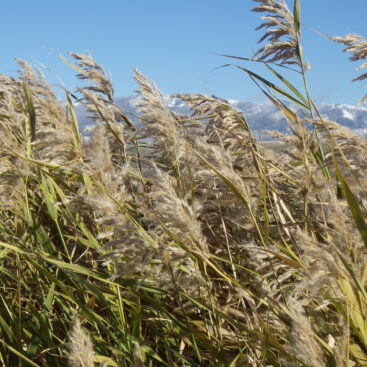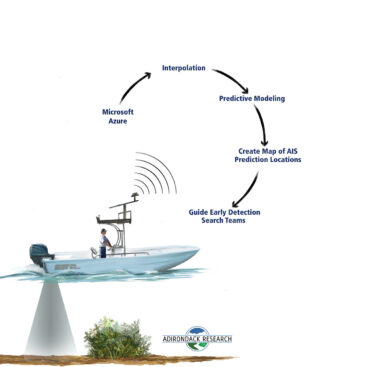New land purchased by the State and added to the Adirondack Forest Preserve is automatically protected from logging, sale, lease and development—thanks to a constitutional amendment from 1894. Still, State officials are responsible for classifying and managing lands in a way that protects the Park’s open spaces, clean water, wildlife, and ecological vitality for future generations.
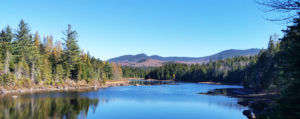
View of Boreas Mountain from LaBier Flow, October 2017.
To determine how best to classify and manage the Boreas Ponds tract, we designed and implemented an analysis of the area’s ecological attributes—over 20,000 acres of wetlands, ponds, forests, and mountains adjacent to the High Peaks. Our assessment considered the physical, biological, and intangible attributes of the land, which included components like geological makeup, rare species habitat, and aesthetic beauty.
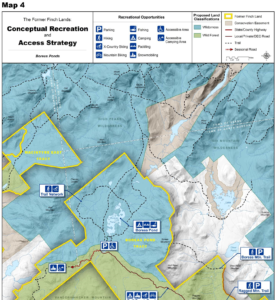
From our assessment of these characteristics, we created additive scores that show how each component impacts the ecological integrity, wild character, and potential need for recreational constraints within the Boreas Ponds tract. These scores help indicate to policymakers the land’s ability to withstand recreational use, and what aspects of the land most influence the level of protection it needs.
Our final report indicates to policymakers that the Boreas Ponds tract warrants Wilderness classification, which offers the most protection, thanks to the area’s sensitive ecological makeup. The tract scores high in all three categories of our assessment, demonstrating that it requires a significant amount of protection to maintain its ecological integrity, retain its wild character, and support recreational activity.
Residents, visitors, conservation organizations, local governments—we all have a stake in the expansion of the publicly-owned Adirondack Forest Preserve. Our accessible report helps serve as a guide for every party by delivering impartial, transparent science.
